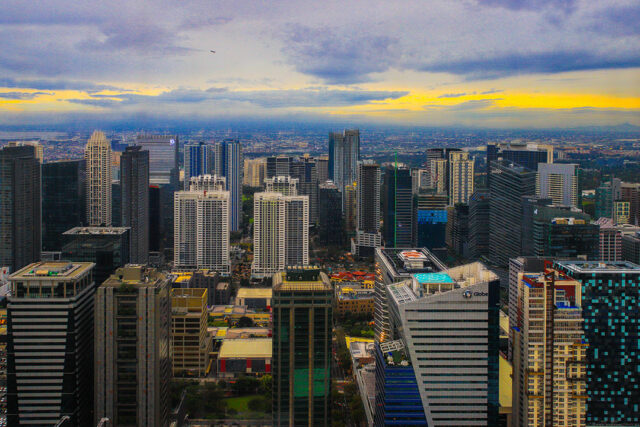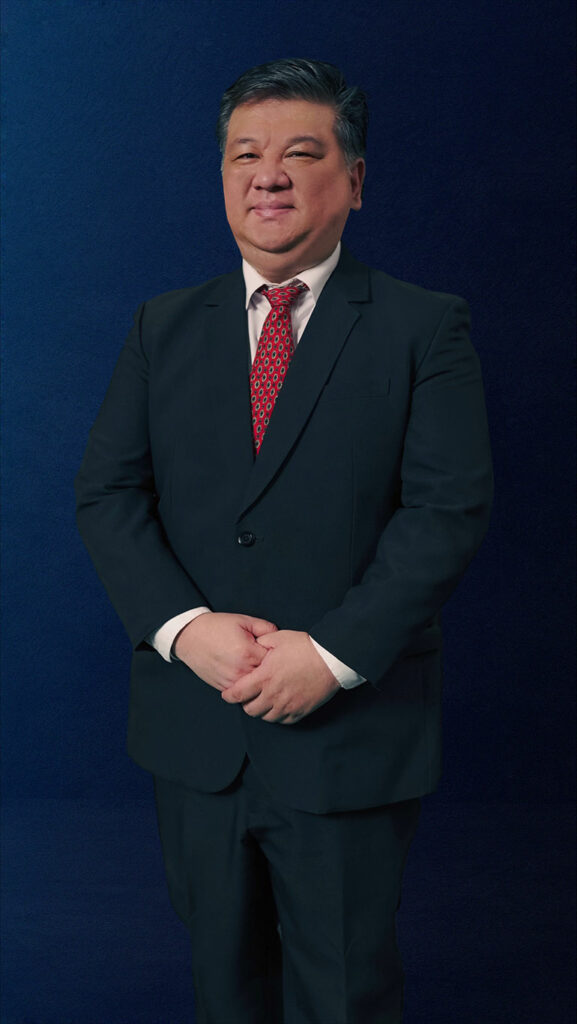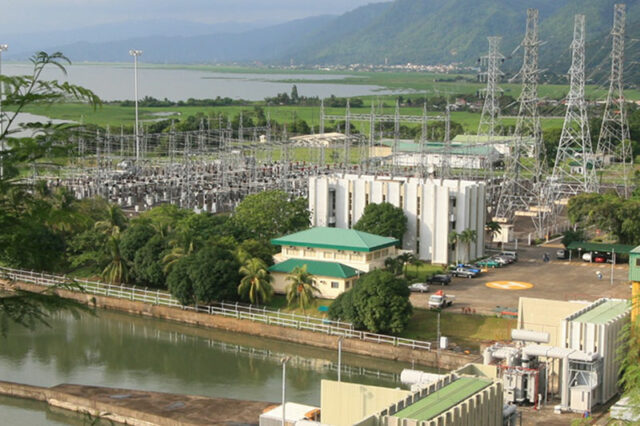MOODY’S ANALYTICS trimmed its economic growth forecasts for the Philippines to below 6% for this year and 2026, reflecting the impact of uncertainties arising from the United States’ tariff policies.
However, Moody’s Analytics economist Sarah Tan said the Philippines still stands out as one of the fastest-growing economies in Southeast Asia.
Moody’s Analytics projects Philippine gross domestic product (GDP) to grow by 5.9% this year, slightly slower than its 6% baseline forecast in November.
For 2026, it also trimmed its Philippine GDP growth projection to 5.8% from 6.1% previously.
If realized, these forecasts would both fall short of the government’s 6-8% target for 2025 and 2026.
“While the expected growth is shy of the government’s target, it will mark the strongest expansion in three years,” Ms. Tan said in a webinar on Wednesday.
“Private consumption and investment will be the key driver of growth in the Philippines, supported by a stable inflation and easing monetary policy.”
Household spending typically accounts for about three-fourths of the Philippine economy.
On the other hand, Ms. Tan said the growth outlook was downgraded to account for the impact of recent US tariff policies.
Moody’s Analytics Head of Japan and Frontier Market Economics Stefan Angrick said the previous forecasts were produced in November before US President Donald J. Trump was elected president.
Since taking office in January, Mr. Trump has imposed a 20% levy on all Chinese imports; 25% tariffs on imports from Canada and Mexico, as well as duties of 25% on all steel and aluminum imports.
“Anything that happens outside the region, trade friction will depress growth elsewhere in the world. That will then feed into aggregate demand and depress growth in the Asia-Pacific region indirectly,” Mr. Angrick said.
“For (Asia-Pacific) overall, we expect GDP growth this year to come in just north of 3.5%, which is down from about 4% last year.”
The region is more exposed to these risks as it is dependent on free trade and is subsequently more vulnerable to a slowdown in global trade, Mr. Angrick said.
However, he noted that some parts of Southeast Asia do not heavily export to the US.
“The direct exposure to changes in the US tariff regime is more moderate,” he added.
Ms. Tan said the Philippines’ reliance on exports is “pretty small” compared with its neighbors.
“The impact of Trump policies on the Philippine economy is not as large as what we’re seeing in other countries, maybe like in Thailand or Indonesia,” she said.
“But the reciprocal tariffs or any tariffs that come from the US will definitely hurt the Philippine exporters, only because the US is the largest export destination for the Philippines.”
Mr. Trump has also threatened to impose reciprocal tariffs on countries that tax US imports as early as April.
“It is unlikely to leave a huge dent on the macroeconomy, but it will definitely hurt these exporters and manufacturers,” Ms. Tan added.
The US is the top destination for Philippine-made goods. Last year, Philippine exports to the US were valued at $12.12 billion or nearly 17% of total export sales.
EASING INFLATION
Meanwhile, Moody’s Analytics expects headline inflation to remain within the central bank’s 2-4% target until 2026.
“This year, we are expecting inflation to ease further and interest rates to go down even more and so that will boost private spending and investment,” Ms. Tan said.
Moody’s Analytics sees inflation averaging 2.8% this year and 3% in 2026.
The Bangko Sentral ng Pilipinas’ (BSP) baseline forecast for inflation is at 3.5% for both 2025 to 2026. Accounting for risks, inflation could hit 3.7% in 2026.
Moody’s Analytics Chief APAC Economist Steve Cochrane said central banks in the region will be able to further support their economy by reducing interest rates.
“It may be a very slow process, but there will be some continued normalization of rates going forward,” he added.
The BSP last month opted to keep its key rate steady at 5.75% amid global trade uncertainties.
However, BSP Governor Eli M. Remolona, Jr. has said they are still on an easing cycle, signaling the possibility of a 25-basis-point (bp) cut at the Monetary Board’s meeting on April 10.
Ms. Tan said they expect the BSP to cut by 50 bps to 5.25% by the end of 2025.
“As US tariffs could slow global demand and the pace of interest rate normalization, the Philippine central bank will be more cautious about monetary easing to avoid significant weakening of the peso,” she said.
STRUCTURAL REFORMS
Meanwhile, the International Monetary Fund (IMF) separately said that Southeast Asia, including the Philippines, could stand to benefit from the “ambitious” reform packages.
“Countries such as Indonesia, Malaysia, the Philippines, Thailand, and Vietnam — the five largest emerging markets out of 10 economies in the Association of Southeast Asian Nations (ASEAN) — could increase long-term real economic output,” IMF economist Anne-Charlotte Paret Onorato said in a blog.
On average, the IMF said growth in these economies could increase by 1.5% to 2% after two years and even as high as by 3% after four years if “comprehensive and simultaneous economy-wide reform packages” are implemented.
These reforms not only support faster potential growth but also help economies attain higher income levels, it said.
“Wide-ranging reforms can build resilience to shocks in the face of uncertainties and help the private sector drive growth,” it said, but noted these reforms often entail “substantial political economy challenges.”
The main structural areas these economies must address include trade openness, the IMF said.
“While the six main ASEAN economies are generally more open than the average emerging market in the Group of 20, these countries still have more barriers to trade —and are relatively harder to trade with,” Ms. Onorato said.
“Improving logistics and trade facilitation to make cross-border transactions faster, cheaper, and less uncertain would help the five largest ASEAN emerging market countries boost economic growth.”
The multilateral institution also called for the need to address the “lagging services trade.”
The Philippines’ trade in services fell by 19.8% to $14.58 billion in 2024 from $18.18 billion in 2023, latest data from the central bank showed.
This as service exports rose by just 7.5% year on year to $51.98 billion from $48.33 billion compared with imports, which jumped by 24% to $37.4 billion from $30.15 billion.
This could help “maximize pro-competitive gains and technological spillovers, while creating high quality jobs,” the IMF said.
“In fact, the transition to a more services-based economy by emerging markets does not mean that the scope for catching-up with advanced economies’ income levels would be diminished — however, making the most of it requires facilitating the transition to highly productive services.”
The IMF noted the need for high-quality education and more apt job-matching to enhance productivity.
ASEAN economies must also improve investment attractiveness and further boost financial inclusion, it added.
“On human development, it is striking that all major ASEAN emerging market countries enjoy a demographic advantage relative to benchmarks,” Ms. Onorato said.
“In other words, they generally have relatively more people working than dependents (such as children and elderly individuals). Therefore, there is an opportunity to implement reforms now before aging populations increase fiscal burdens such as pensions and healthcare.”
Moving forward, the IMF said deliberate and ambitious structural reform packages can help bolster sustainable and inclusive growth.
“A major simultaneous reform package improving business and external regulation, governance, and human development could raise output levels by up to 3% after four years. The benefits from enacting a single major economic reform would be more modest.”
These reforms can also make economies more resilient amid external headwinds.
“Amid a shock-prone global environment, ambitious economy-wide structural reforms can also help build resilience by fostering diversified, broad-based, inclusive growth at the domestic level, and ensuring a credible and robust institutional framework to further unleash private sector-driven growth.” — Luisa Maria Jacinta C. Jocson















